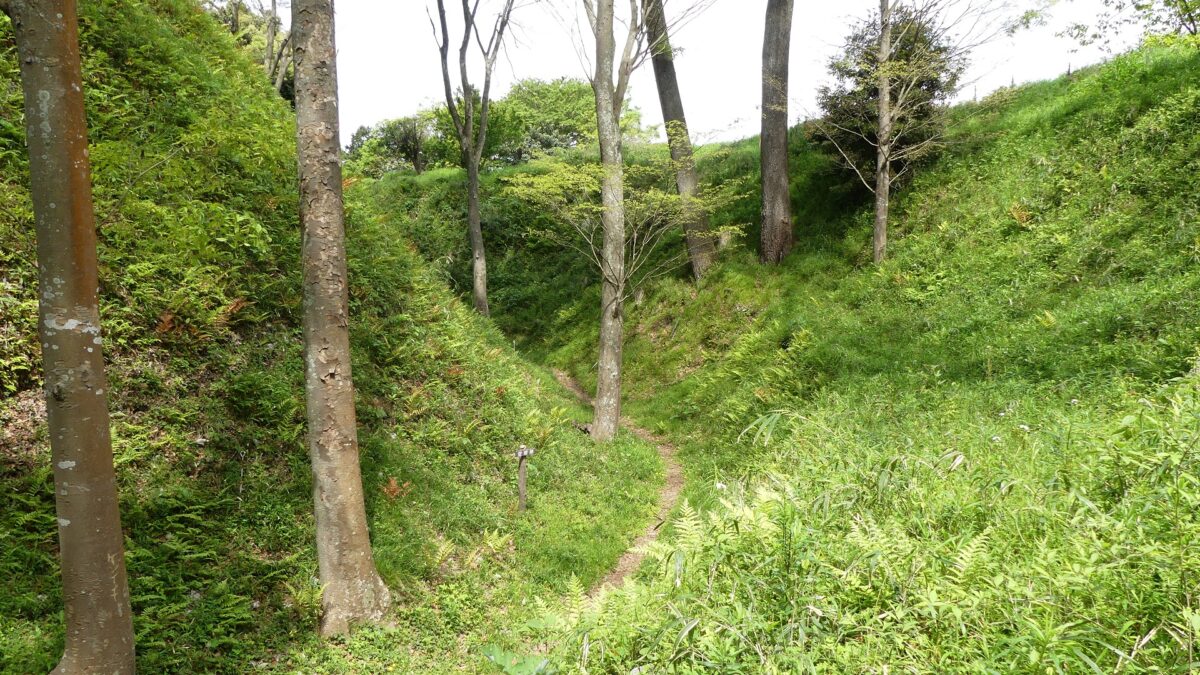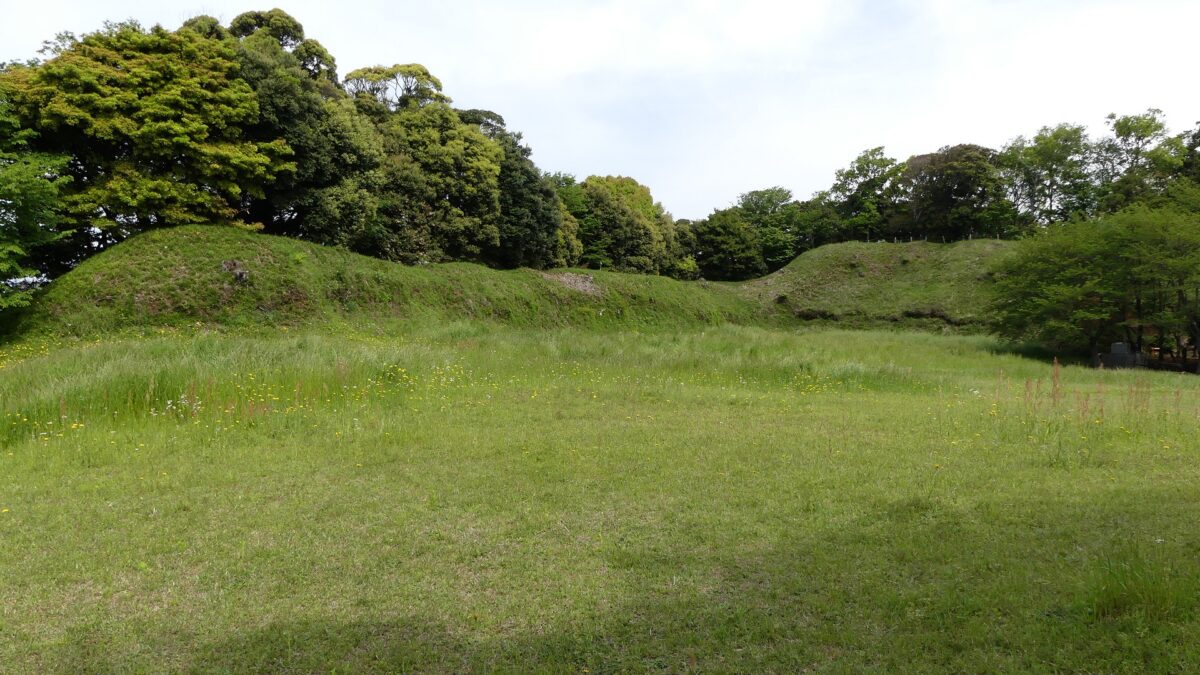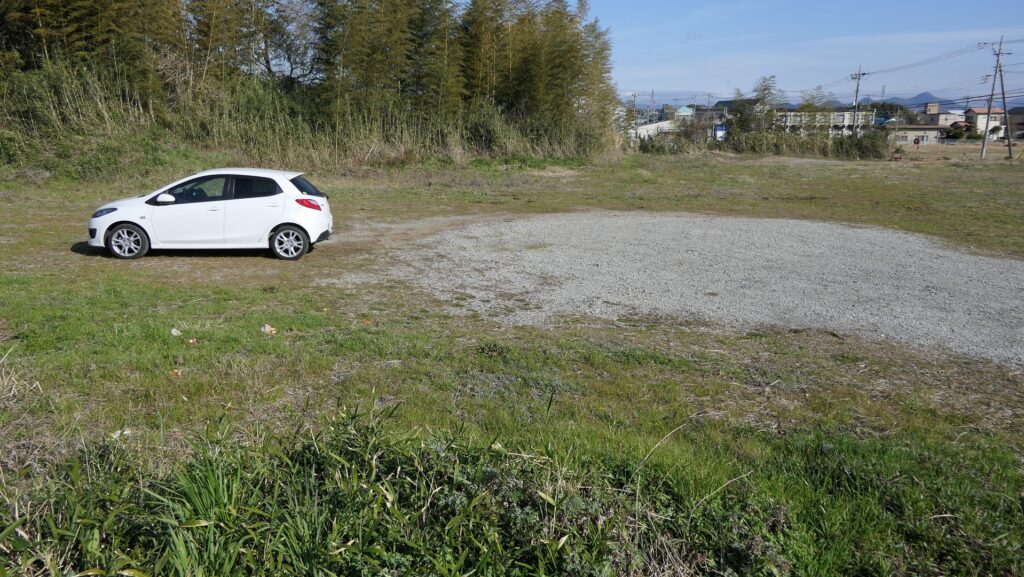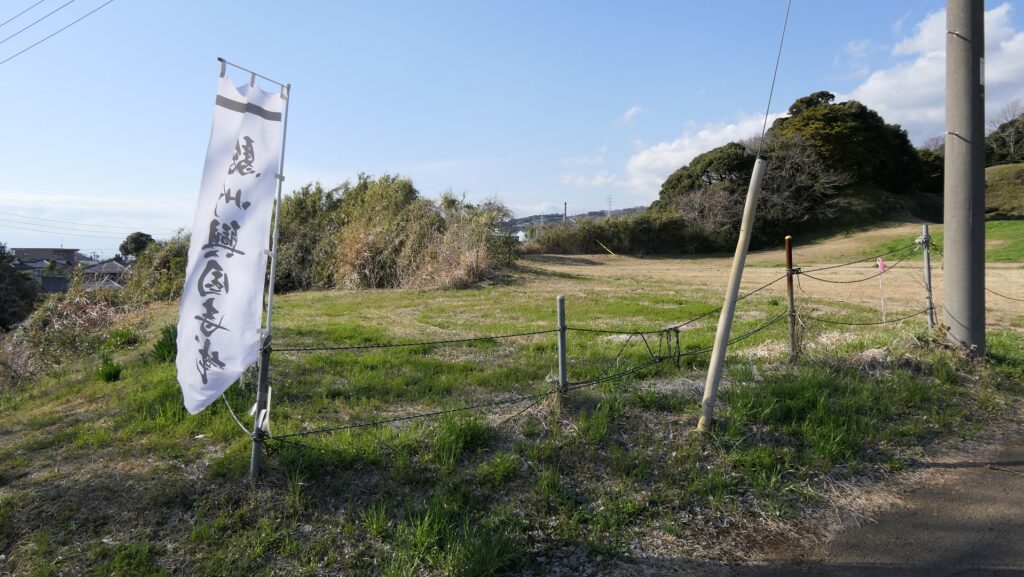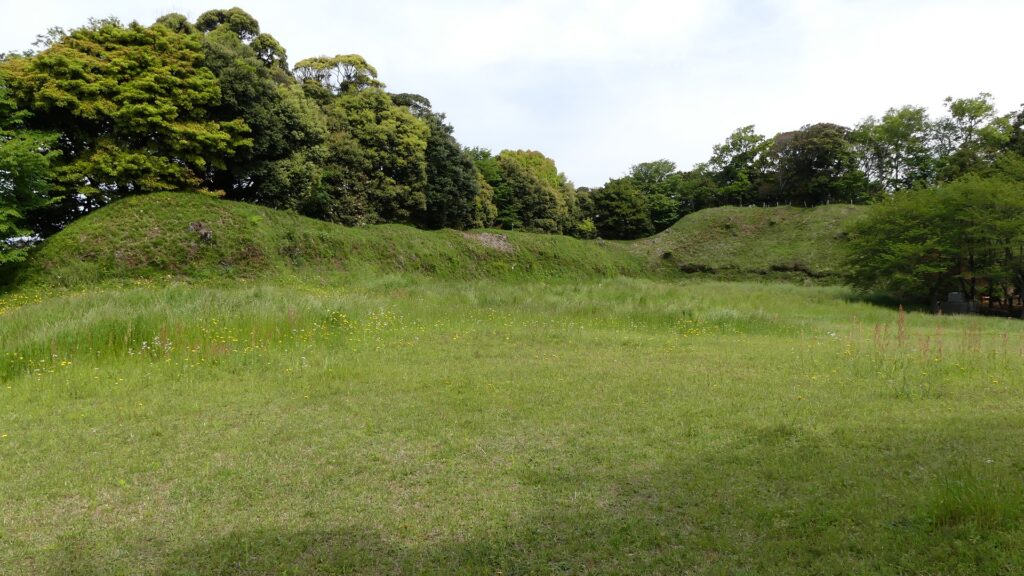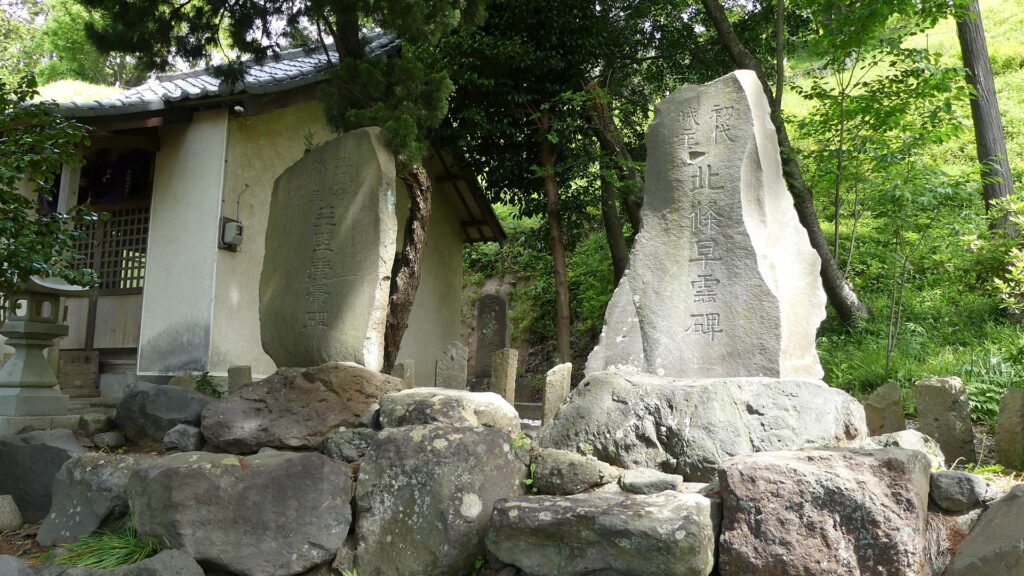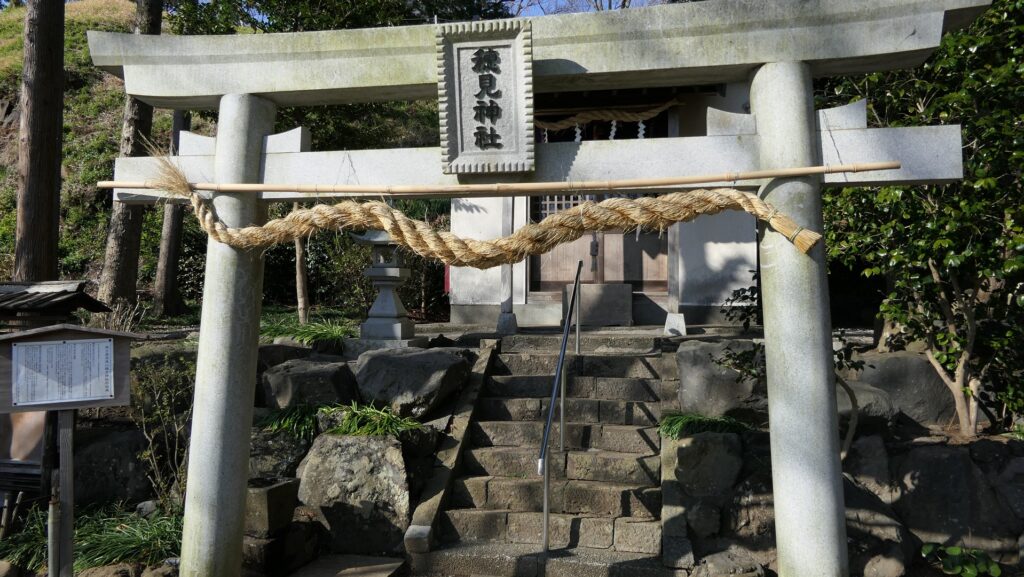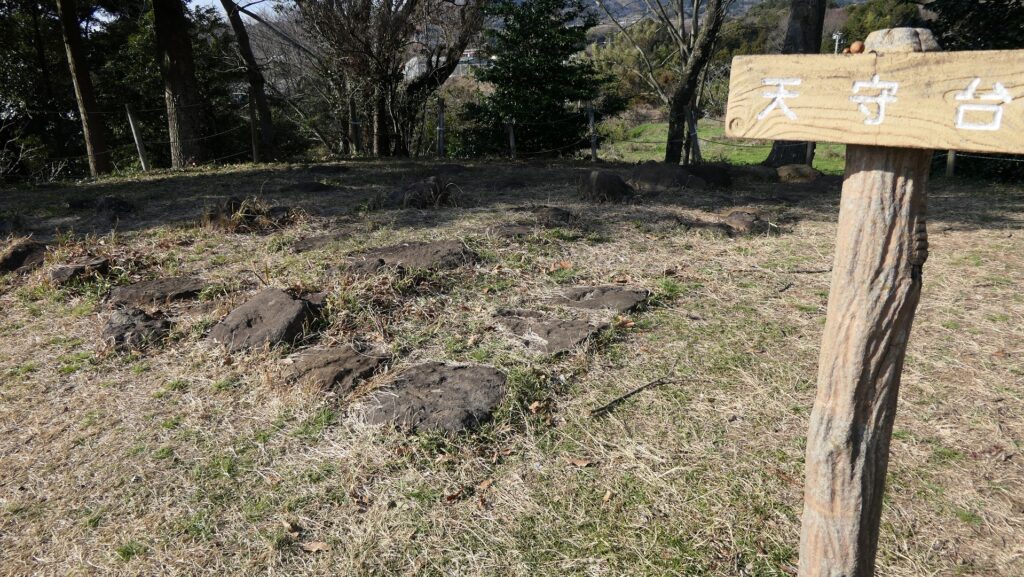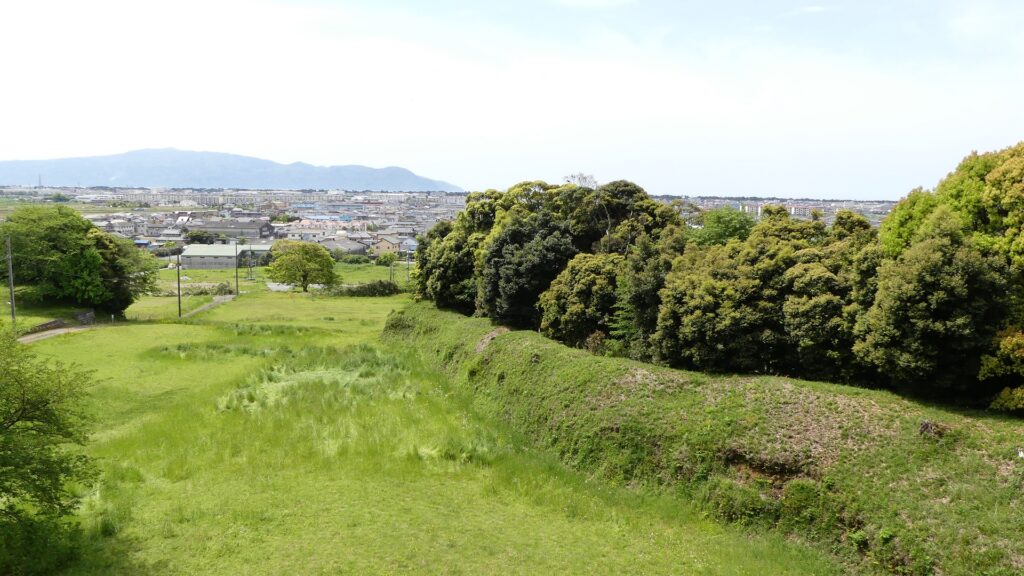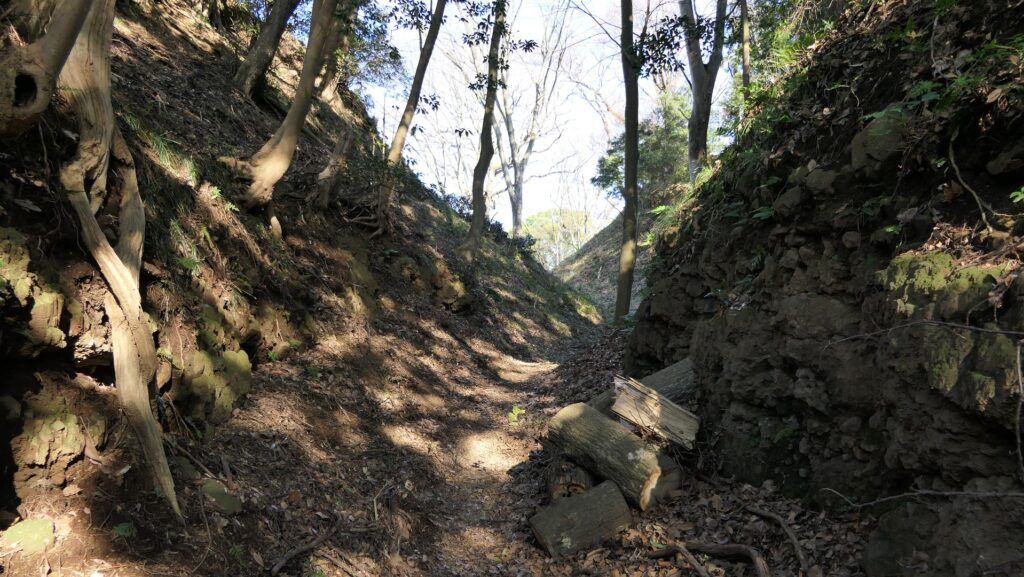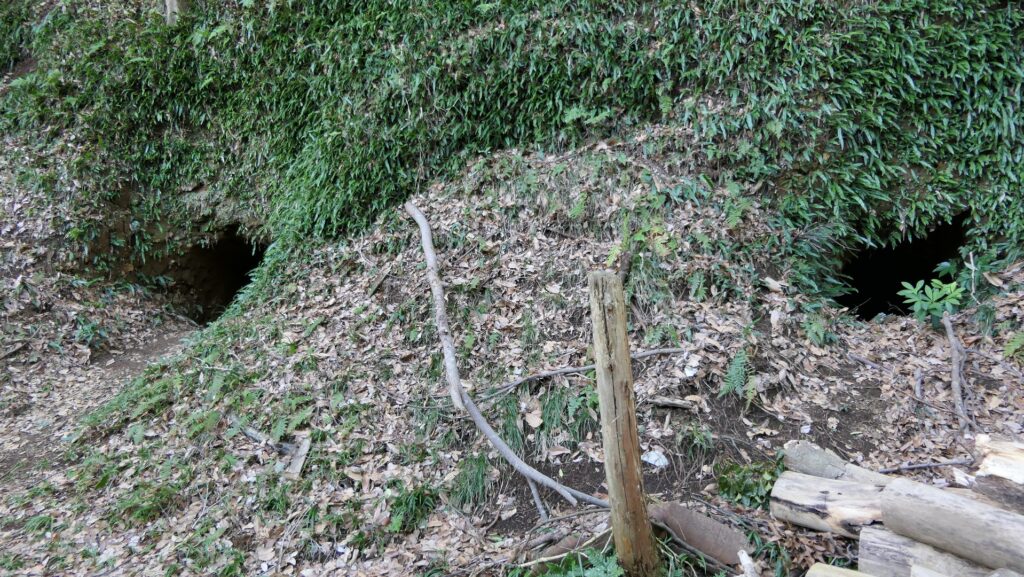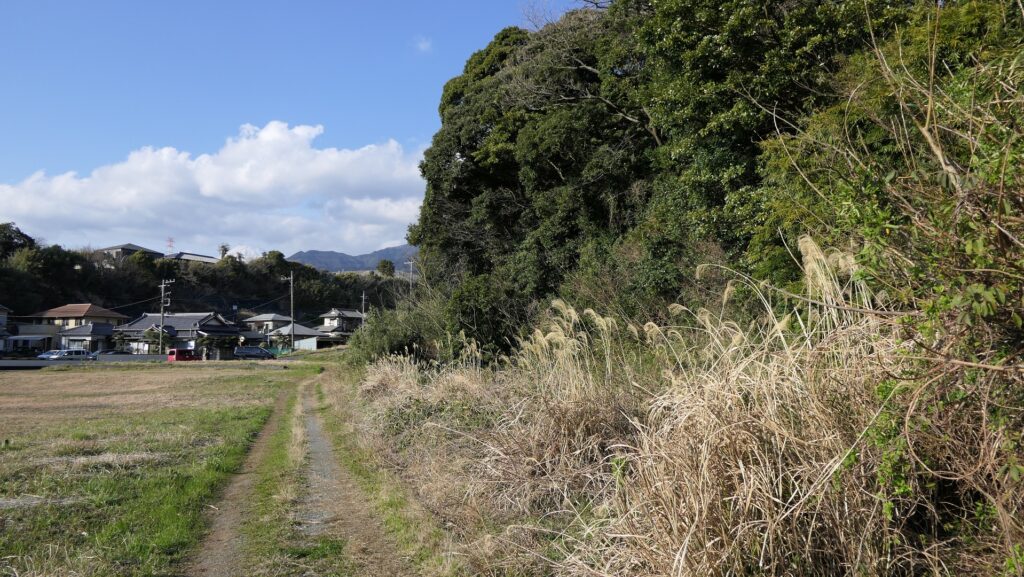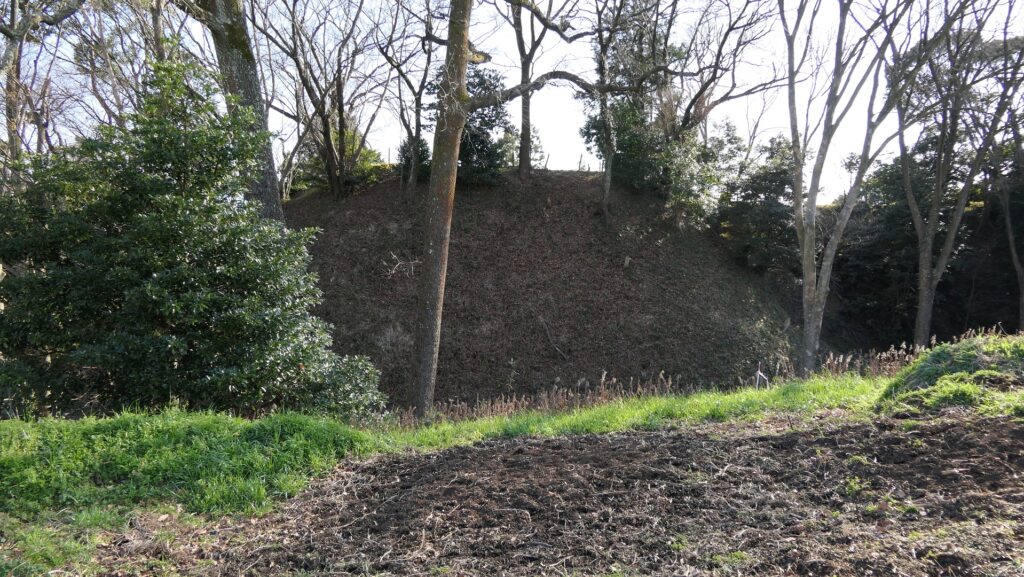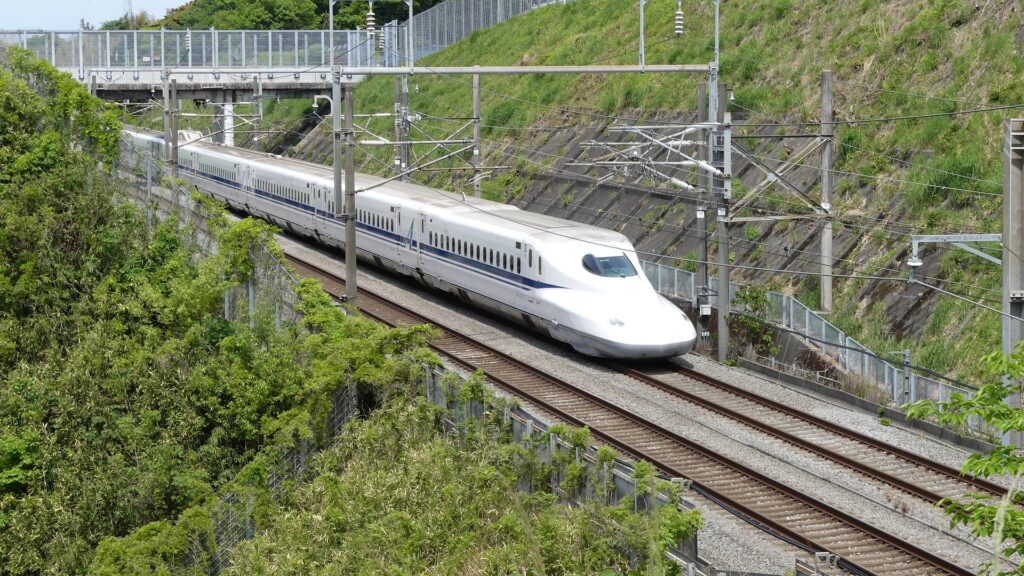Later History
After Kokokuji Castle was abandoned, the area was turned into farm. In 1857, people founded the Homi Shrine at the ruins for prosperity after a large earthquake and famine. Numazu City has been investigating and excavating the ruins since 1982. The ruins were designated as a National Historic Site in 1995. The city is thinking about developing the ruins as a historical park with restored water moats.
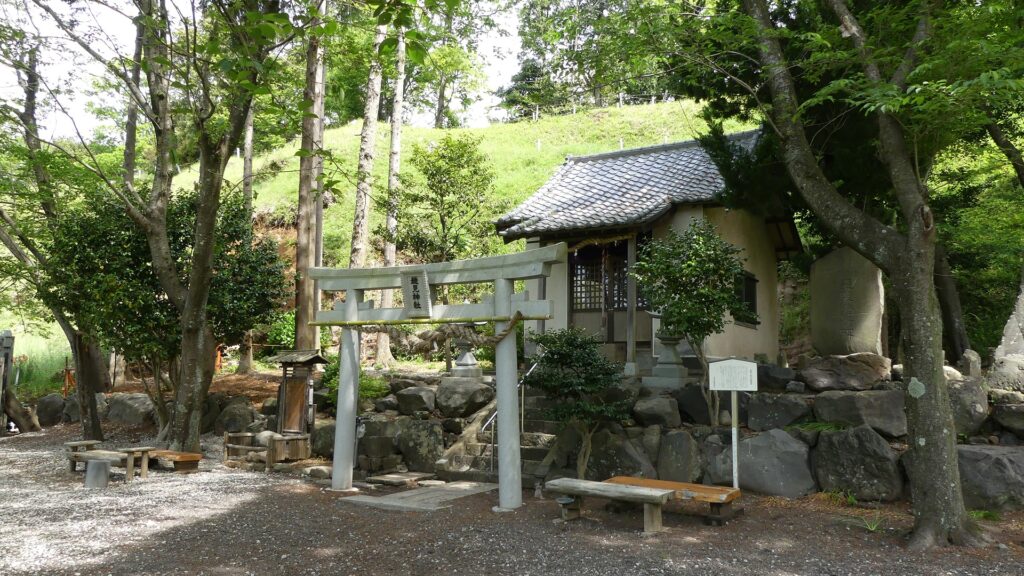
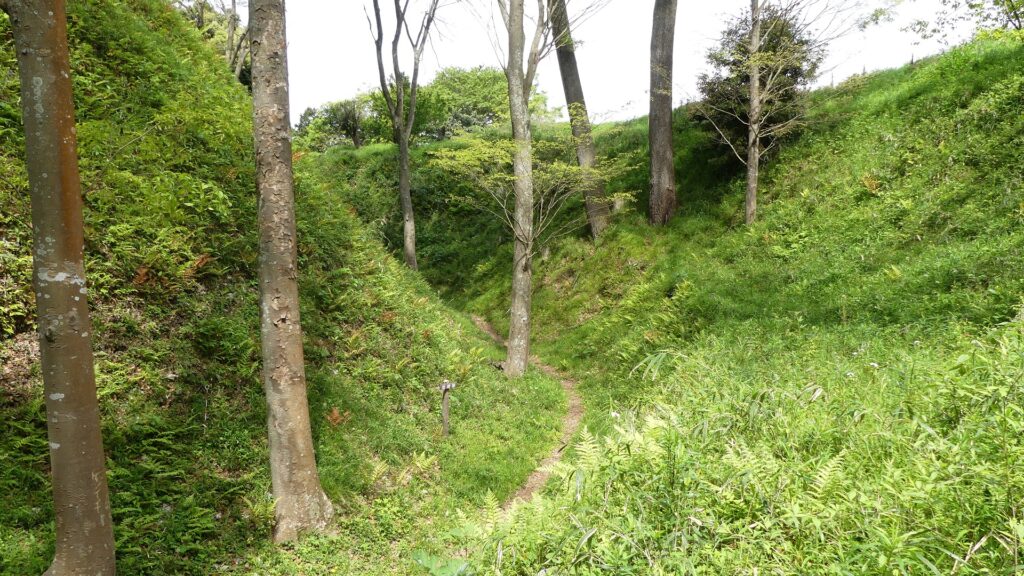
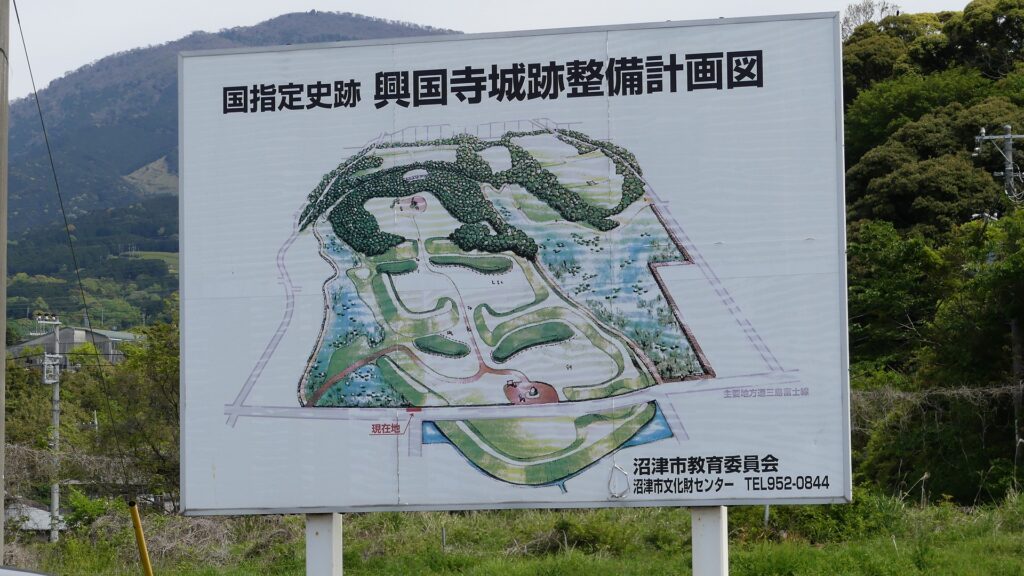
My Impression
I thought that Kokokuji Castle was just the castle for Soun Hojo to make his first career. However, the castle had the history of over 100 years after him. That was because the castle was at a very important area and had a good location. I think that the ruins of Kokokuji Castle are a good place to visit in Numazu City. If the weather is fine, you can also see the top of Mt. Fuji from the ruins.
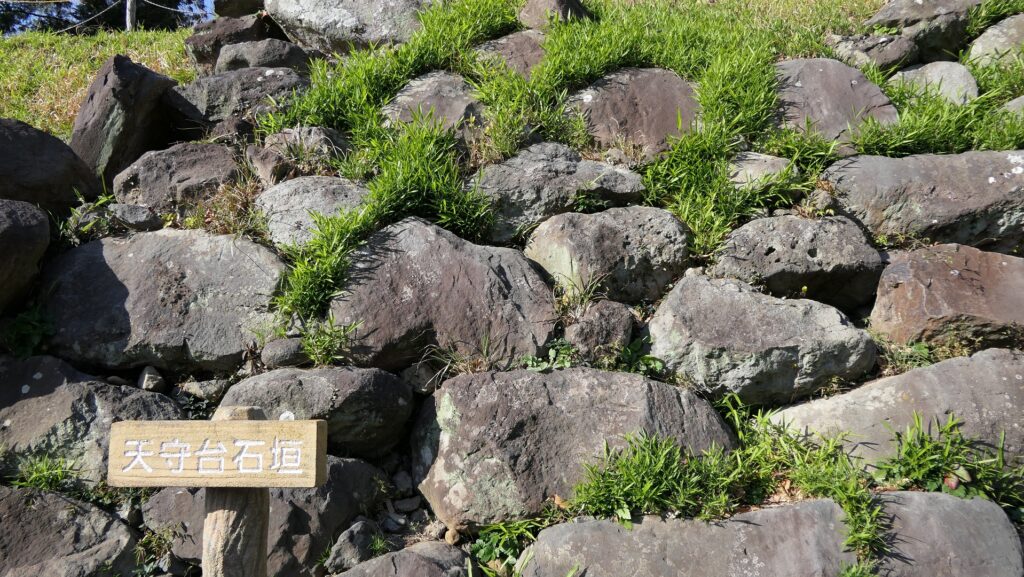

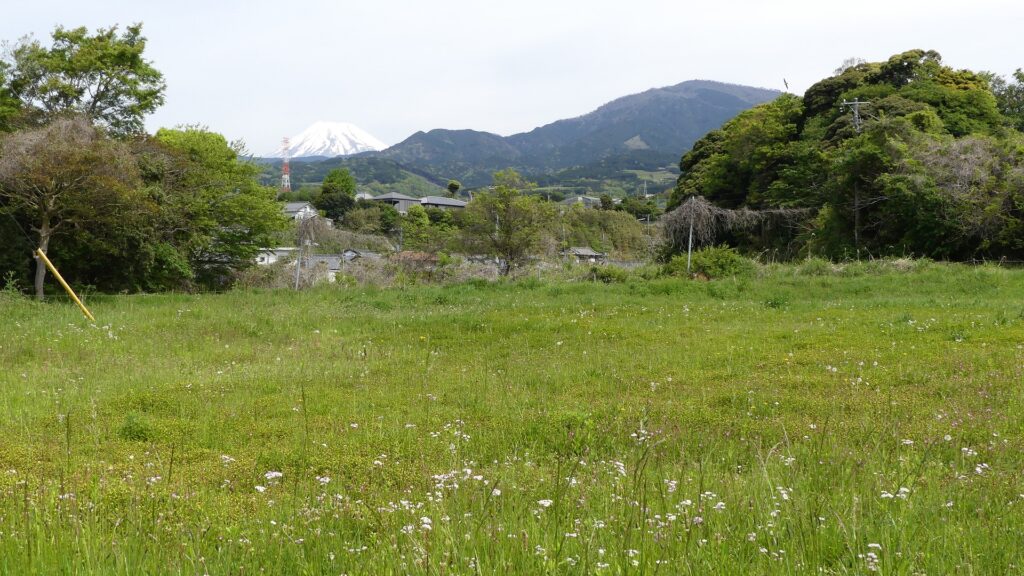
How to get There
If you want to visit there by car:
It is about 20 minutes away from Numazu IC on Tomei Expressway.
There is a parking lot in the ruins.
By public transportation, it takes about 30 minutes on foot from Hara Station. Or take the Fujikyu City Bus bound for Higashi-Hiranuma or Fuji-eki from Numazu Station, and get off at the Higashi-Nekoya Bus Stop.
To get Hara Station or Numazu Station from Tokyo: Take the Tokaido Shinkansen Super Express, and transfer to the Tokaido Line at Mishima Station.
Links and References
・Kokokuji Castle Ruins (Numazu City Official Web Site)
That’s all.
Back to “Kokokuji Castle Part1”
Back to “Kokokuji Castle Part2”

